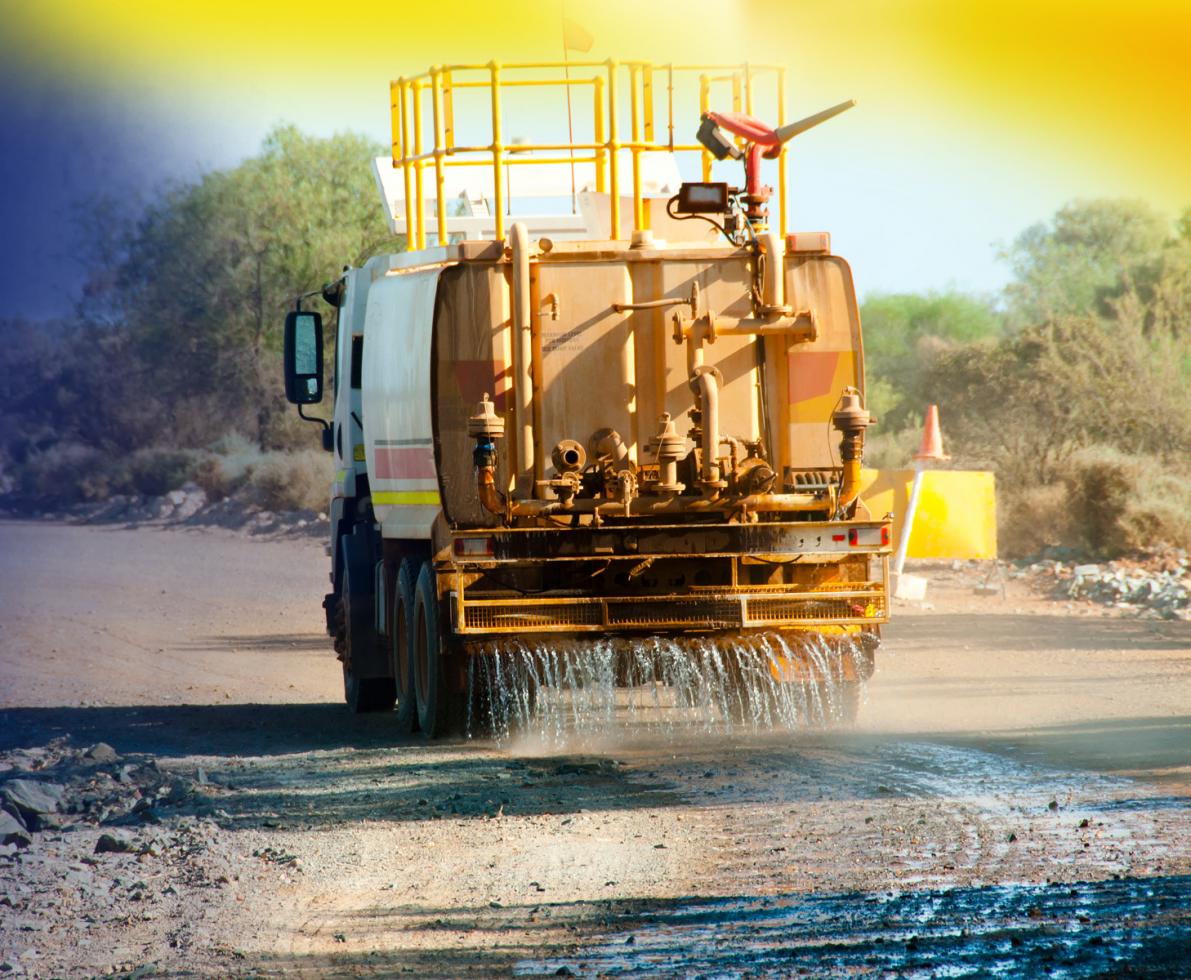The Government has committed to Net Zero emissions by 2050. That might sound like ages away. But the resulting surge in green recruitment and retraining has already begun as businesses and public sector organisations get the transformation underway.
The accelerating recruitment drive opens up opportunities for candidates looking for fresh challenges and new ways to apply their existing skills while making a difference in the world.
how will demand jobs change and what opportunities does this open up?
The Government predicts that emerging industries could create as many as 100,000 new jobs by 2050. But economy-wide numbers can be speculative at best, especially when trying to net off new jobs created and old ones becoming redundant. They also depend on how far and how fast the economy transitions.
A more reliable approach is to look at the potential for each industry in turn. A good starting point is energy generation, as this is going to be one of the most impacted and impactful areas of the economy as we move towards Net Zero. Power generation in Australia has traditionally been dominated by fossil fuels, especially coal. But the combination of wind and sun means that Australia is ideally placed to become a green energy superpower.
The switch to renewables would open up mass hiring in areas ranging from wind and solar engineering to the construction and operation of new turbines and other infrastructure. Research indicates that job losses in a coal-fired generation would be more than offset by new posts opening up in renewables. Specifically, if Australia achieved 50% renewable power generation by 2030, the net gain in employment would be 28,000 jobs.
Moreover, the impact wouldn’t be confined to energy. In manufacturing, for example, research suggests that harnessing sustainable energy generation would help to create a multibillion-dollar green steel industry geared towards exports. This could employ around 25,000 people in regions affected by reduced global demand for coal.
Other growth areas include Australia’s emerging green finance sector, which provides funding for sustainable development and Net Zero transition. From a hiring perspective, green finance not only creates high-quality new jobs but could also help to boost recruitment within financial services as a whole by attracting people who want to be part of organisations actively tackling climate change.
The switch needs mechanics who can repair and maintain electric vehicles. That, in turn, demands major retraining as an electric engine couldn’t be more different to a diesel or petrol one. There are clearly openings for ambitious mechanics who want to get ahead of the pack by moving over to electric. There will also be jobs coming up for people who want to train as a mechanic from scratch, including women who are currently under-represented in the trade.
It’s a similar story in many other trades. For example, heating engineers will need to get up to speed with solar panels, heat pumps and other new home energy systems – the shift in technology and design from old to new is even bigger than car engines. Other vocations facing an overhaul include construction as homes become greener in areas such as building materials and renewable energy. Alongside the new build, there will be thousands of jobs created in the green retrofitting of old properties.
While a lot of mechanics at the start of their careers will want to be working on electric vehicles as this offers the best long-term jobs prospects, their switch will open up jobs in the showrooms and repair shops they leave behind. Among the potential beneficiaries are people in their 50s, 60s and 70s who only want to work for a few more years or work part-time as they wind down towards retirement.
What we’re also seeing is that green jobs are the ones that people increasingly aspire to and are attracting key talent away from other posts and fields. Again, this creates openings within the posts they leave behind. Potential beneficiaries include people from groups who’ve been underrepresented in certain sectors.
As experienced traders and investment bankers move over to sustainable finance and firms find it hard to replace them, for example, there could be more openings for women in these businesses.
For example, Australia is now the world’s biggest producer of lithium, which is a vital component within batteries and is going to be even more important as economies go green. Other growth opportunities include the ‘rare earth’ elements used in mobile phones, hard drives, and other electronic products. While not actually rare, they are difficult to extract.
What Australia offers the green economy in areas such as rare piles of earth and lithium is the advanced technology and know-how needed to mine and supply these vital materials in large quantities, safely and economically. So, it might be a different mine, but there will still be plenty of jobs for Australia’s miners and others along the supply chain in areas such as transport, technology services and commodities trading.


